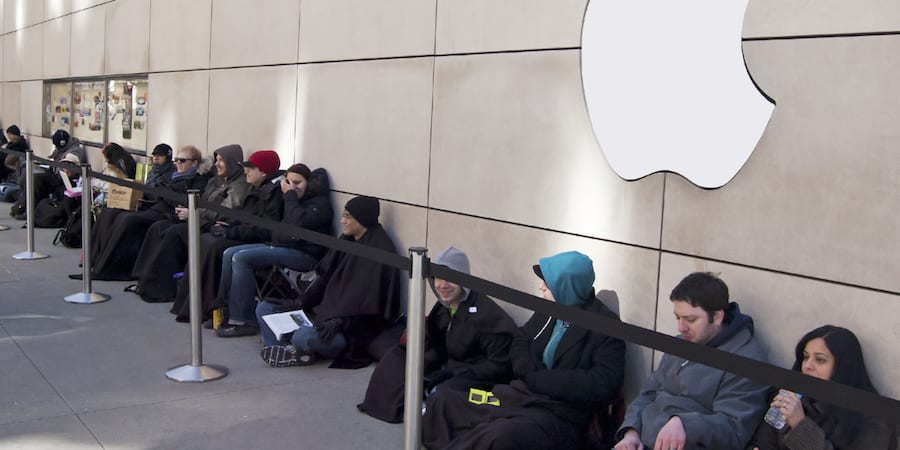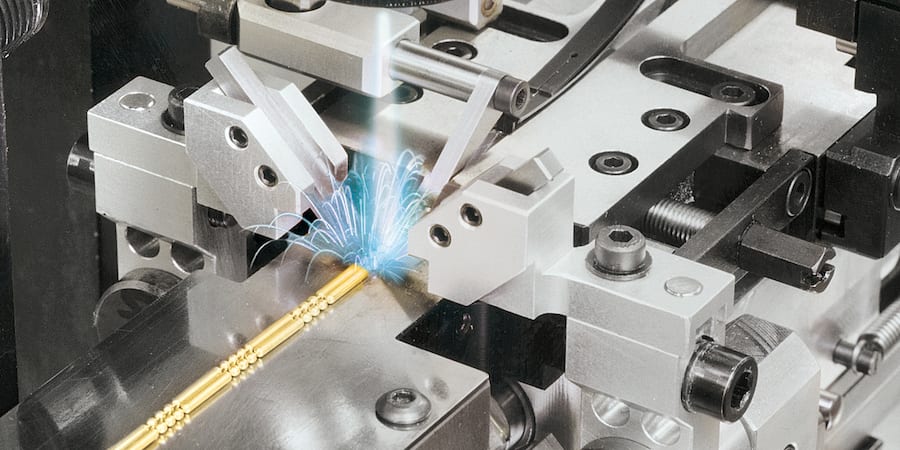
Lean innovations for restaurants
FEATURE – The restaurant business has always been tough, but Covid-19 is now presenting it with new challenges. The author shares a few lean practices that can help restaurants develop competitiveness.
Words: Alessandro Martemucci, Lean Coach, Istituto Lean Management.
The resiliency of a whole industry is facing its biggest test, as restaurants around the world reopen their doors and look for ways to adapt to the post-lockdown ‘new normal’. Everything has to be rethought, from physical space to internal logistics. More importantly, restaurants need to organize themselves differently (and better), in order to guarantee the safety of clients and workers and to minimize waste and errors. In essence, they will have to orientate themselves towards a new strategy and a lean business model.
For today’s restaurants, optimization is the name of the game – from reducing production time to exhausting inventory to make the most of resources and improving quality.
In the past few weeks, during which the world has stopped due to the coronavirus pandemic, we have all had the opportunity to reflect on the future of the food industry. A lot has been written about restaurants in the Covid era (including this inspiring article by The Lean-n-food Initiative). In today's piece, I would like to build on those contributions and offer a few ideas inspired by my experience in lean marketing: I believe they can transform restaurants and help them to develop a competitive advantage.
- Optimize costs with Pareto.
Restaurant owners will have to review their cost structure, from staffing to raw materials and fixed costs. As they start looking into individual cost items, they will no doubt be compelled to change a lot of what they do – from staff rotation for more flexible shifts to job descriptions altogether. Waiters will become food assistants or storytellers, informing clients on the ingredients used in the kitchen, the dishes on offer or even just to verify the presence of any allergies. (Some of this is already quite common in countries like the US.) They will assume the role of “controllers”, communicating useful information to guests before taking an order and throughout the meal.
A very useful technique for cost analysis is the Pareto chart, which allows us to define priorities. This method entails identifying the 20% of costs causing 80% of the impact we feel in our P&L sheet. There is no doubt the new normal (with its many new hygiene rules) will greatly impact the cost structure of restaurants, which will need to find new and better solutions to the problems they encounter.
Another challenge for restaurant owners will be the reduction of waiting times, to eliminate lines and waste and to serve guests as quickly as possible. All this can have a huge impact on the turnover of tables and on the number of meals they can offer on a daily basis. As simple as it sounds, to reach this objective will require a big effort in the analysis of workflows and in the organization of the work to maximize overall efficiency.
- Use 5S to review menus and wine lists.
Food cost is more important than ever now that restaurants are looking to rationalize their offering. At first, it might be necessary to slash the number of dishes on offer, focusing on quality rather than quantity. Revisiting the wine list will also be an opportunity to offer lesser known products that can allow restaurants to retain a good margin.
Organizations that are looking to free up space on their menus can rely on the 5S method to analyze the most popular dishes and bottles and identify less useable ingredients and less functional recipes.
- Kanban and supermarkets for a lean, waste-free kitchen.
Restaurants will aim for a more efficient use of their kitchens, trying to produce more and better with less waste (which is common even in the most efficient of kitchens). When the time comes to buy ingredients, their attention will move on variables like shelf life, product format, functionality and usability. They will have to pay even more attention than before to waste in its every form. Two well-known lean tools come to the rescue here: a Kanban system and the supermarket technique can help them to align production with guest demand, to ensure the kitchen is always carrying the right quantity of ingredients in the right place at the right time.
- Milk runs for local producers.
As they reopen, restaurants will likely favor local suppliers. During the Covid-19 pandemic, many producers have reorganized themselves around regular product deliveries (like a next-door milk run). This model can actually lower costs for restaurants, due to disintermediation, reducing the number of trips and delivery times and increasing product freshness. We will see a return to shorter supply chains in which direct relationships will play a critical role.
- Diversification.
A mixed delivery service will be fundamental to diversify a restaurant’s offering into three types of offering: in-house eating with limited seating, take-out, and delivery. Additionally, it’ll be important to offer wines that are easy to serve by the glass. A solution could be small glass bottles (200ml/300ml) for two people, on top of regular ones.
- Lean revenue, online reservations and heijunka in the kitchen.
Innovation in reservation-taking is another “milestone” for whoever is interested in optimizing flows and maximizing profit. It’s not only about new ways of serving meals; the days of the traditional reservation – with its all too common risk of ending up with no-shows, cancellations and empty tables – are over.
A “lean revenue” solution might be the same adopted at Next Restaurant in Chicago, which entails buying a ticket for a fixed number of dishes and prices that vary based on how busy the restaurant is at different hours of the day (a method borrowed by the airline industry). This “smart reservation” approach aims to discourage people from reserving a table at rush hour or other busy times. For example, a table at 9:30 pm on a Tuesday will be cheaper than one at 8:30 pm on a Saturday. In doing so, the system guarantees revenue (guests pay before showing up) and limits risk for the restaurant. Moreover, orders are placed in advance, the place won’t be too crowded and interaction with servers will be limited (very important in the age of Covid-19), because the bill is pre-paid.
Critically, this system allows heijunka – work leveling – in the kitchen, with service working in continuous flow and aligning to customer demand. It’s a new business model, in which price is not determined by what people eat but by the time they reserve their table.
- Digital orders, vocal assistants and vouchers.
Another idea to reduce the movement of servers and make it easier to maintain social distancing is to allow customers to order using their devices (many restaurants have already eliminated physical menus and provide customers with a QR code instead) or printing the menu on paper placemats. We can also expect restaurants to increasingly rely on voice assistants to automate order-taking or provide information on dishes.
Regulars will be able to support restaurants with gift cards and digital vouchers, which can improve their cash flow in these critical few weeks post-reopening. The web can of course act like an aggregator between restaurants and potential new clients, helping the former to re-start operations in a new format and the latter to find the best offers.
- Visual communication.
This is another fundamental aspect in this brave new world for restaurants. We are already seeing stickers appearing on the floor of restaurants (and supermarkets, airports, shops, etc) to indicate the path clients can follow and help maintain safety distance. Signs are being used to communicate important information to guest and encourage responsible behavior. Traffic light-like system outside the restaurant’s entrance can inform people on how crowded the place is, telling them whether or not they can step inside.
Beyond all this, it’s clear that restaurants will have to experiment to find the best way to serve customers while retaining competitiveness and ensure their margins. No matter what the future has in store for them, there is no doubt they will have to engage in kaizen (small improvement) and, why not, some kaikaku (radical change) as well. Now is the time!
THE AUTHOR

Read more


FEATURE – Lean thinking is increasingly applied end to end, reaching virtually every area and function of the enterprise, and yet in many companies IT is still left out of the lean transformation. Isn't this dangerous in a world that is going more and more digital?


OPINION – When it comes to lean product development, it doesn’t matter whether you are making wine or motorcycles. Success comes from our ability to tell a story that engages our customers and a product they would line up for.


INTERVIEW – Italy-based precision machinery manufacturer Sisma has changed skin many times over the years. We sat down with its general manager to learn how the firm has been able to continuously innovate over the years.


FEATURE – In this compelling read, the author discusses lean thinking as a system for learning that challenges our assumptions and tells us why blindly applying “best practices” takes us nowhere.

